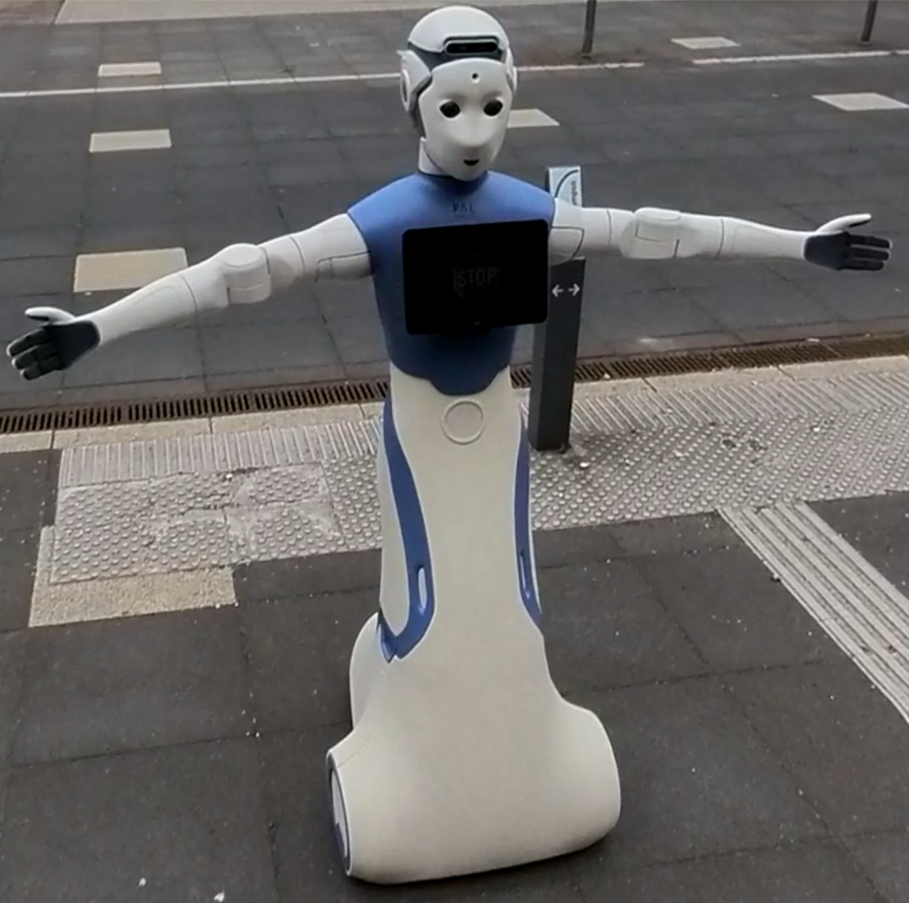What we do
The research group "Cooperative Autonomous Systems" is performing applied research on the aspects of coordination, cooperation and communication between autonomous or highly automated vehicles, vulnerable road users and transportation infrastructure in complex environments. We are working on design and evaluation of vehicular communication (V2X) protocols, testing and validation of cooperative automated driving functions, such as platooning, development of new concepts for road transport coordination in cooperative intelligent transport systems (C-ITS). We are interested in transdisciplinary future mobility research and experiments in a real-world lab.
In our research we are interested in ways different actors, such as vulnerable road users, can benefit from V2X technology. With this goal in mind, we are exploring how extending the V2X paradigm to new vehicles and actors (e.g. e-bikes and robots) can beneficially be used for the good of society.
 For example, in the project V2X4Robot, we aim for integrating different enablers (formal specifications, vehicular communications and Human-Robot Interaction) to provide a social robot with the capability to advise pedestrians with automated vehicles.
For example, in the project V2X4Robot, we aim for integrating different enablers (formal specifications, vehicular communications and Human-Robot Interaction) to provide a social robot with the capability to advise pedestrians with automated vehicles.

In the project Tyre Road Noise we work on reducing RFG emissions (RFGE). To this end, a database for RFGE and its influencing factors in real road traffic is to be created and a prediction model is to be derived using AI methods that closes the gap between existing physical models and reality.
In the EU Horizon Europe CulturalRoad we aim to develop innovative methodologies and tools to foster more equitable deployment of Cooperative, Connected and Automated Mobility (CCAM) services for the benefit of all. By incorporating cultural and geographical diversity into CCAM deployment planning, with this project, we strive to enhance societal acceptance of CCAM and foster a future of mobility that is safe, efficient, and sustainable.
 Further, for the development of technology, we are interested in the use of cyberphysical systems, as they allow us for studies with a reduced risk (vs studies in real traffic).
Further, for the development of technology, we are interested in the use of cyberphysical systems, as they allow us for studies with a reduced risk (vs studies in real traffic).
